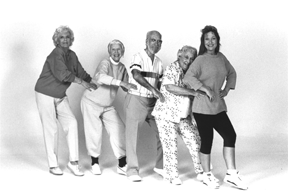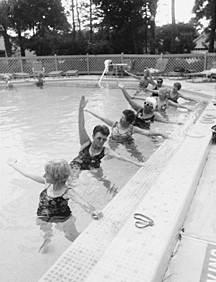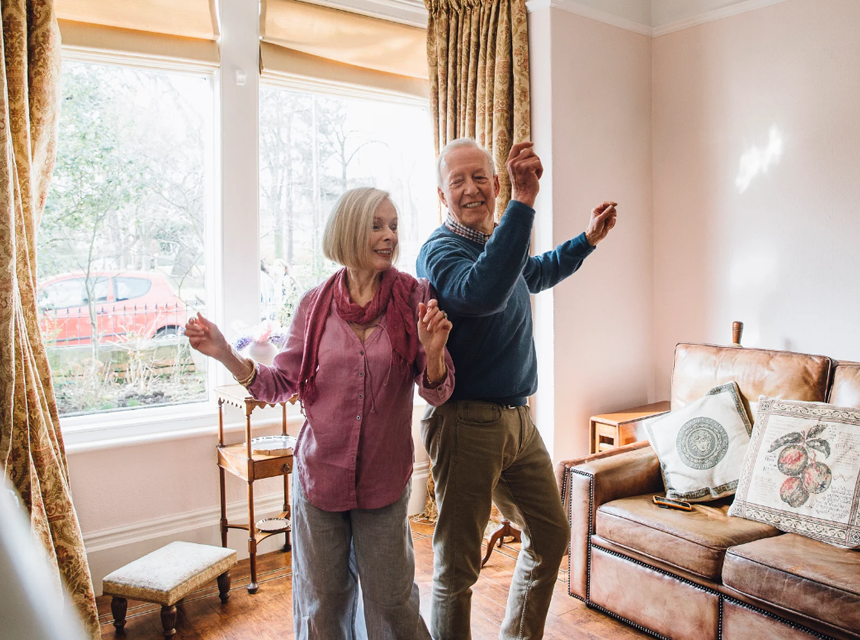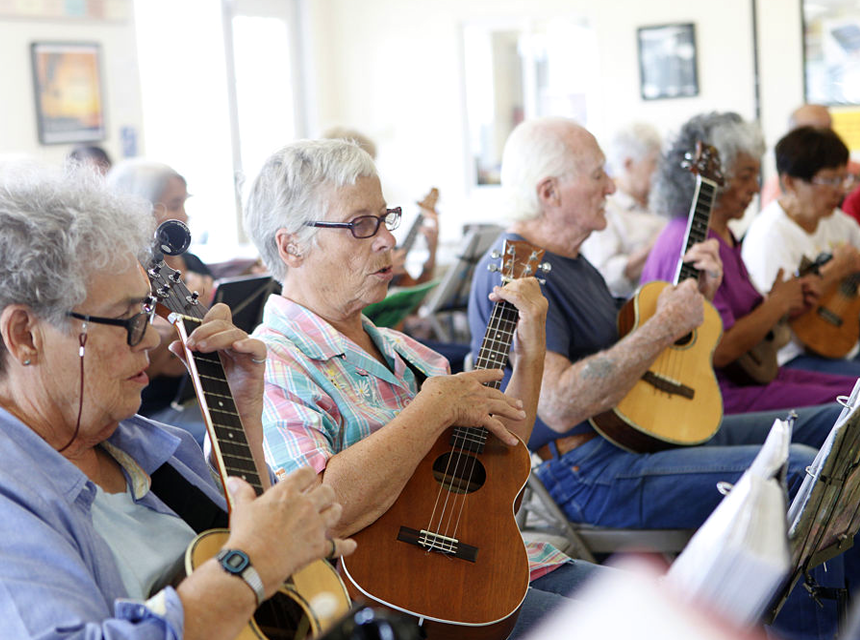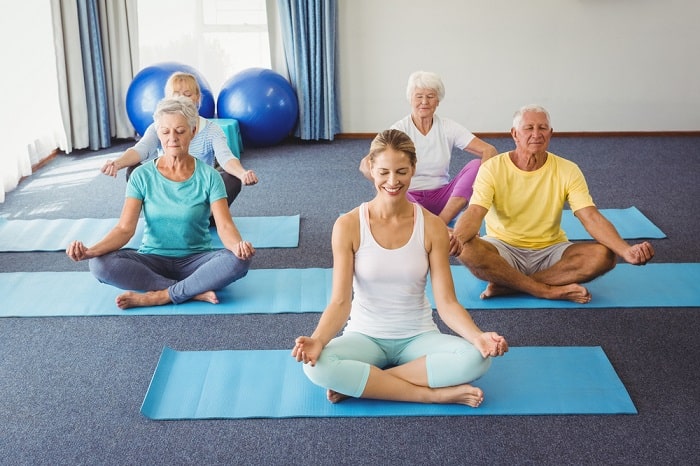NASF’s “Senior Fitness Instructor” educational program is specially designed for those who plan to lead active older adults in safe, effective and fun group exercise programs in health clubs, recreation departments, YMCAs, JCCs, community wellness programs etc.
Your NASF Senior Fitness Instructor educational program will keep you on top in the highly competitive field of older adult fitness group management.
You will be sure that you are leading the safest and most effective fitness classes available for active older adults including the best in aerobics, muscular training, stretch, pool exercise and more.
All subjects are given thorough, informative treatments.
Here are some exciting details about the skills you will develop.
-
Plan and supervise high quality group fitness classes for active older adult participants, including appropriate warmups, aerobic conditioning, musculoskeletal strengthening, flexibility work, relaxation activities, and post-aerobic as well as general cooldowns.
-
Assist older clients in developing personal exercise plans.
-
Provide sound senior-specific nutritional information.
-
Plan a broad variety of safe and effective older adult conditioning regimens including, but not limited to, aqua training and indoor/outdoor walking programs.
-
Adapt group and individual exercise activities to safely, productively accommodate a variety of age-predictable health concerns.
-
Make appropriate technical decisions regarding class lengths, training formats, sequencing, mainstreaming, use of music in older adult exercise programming, seated exercise methods, resistive exercise, and exercise modifications in connection with commonly used prescription drugs.
- Design safe older adult fitness programs excluding contraindicated techniques and inadvisable training methods (specifically those which increase risk of joint or soft tissue injury, cartilage degeneration, stress fracture, falls, undue intracranial and blood pressure elevation, postural hypotension, preventable cardiorespiratory incidents, overuse injury, extended post-workout fatigue, excessive soreness, and emotional discouragement).
-
Provide accurate information regarding both general and age-related health risk factors.
-
Respond effectively to emergency situations.
-
Provide effective fitness programming specifically designed to preserve and promote older clients’ cardiovascular health, musculoskeletal health, personal independence, energy levels, self-esteem, emotional well being, and motivation to stick with an exercise lifestyle.



